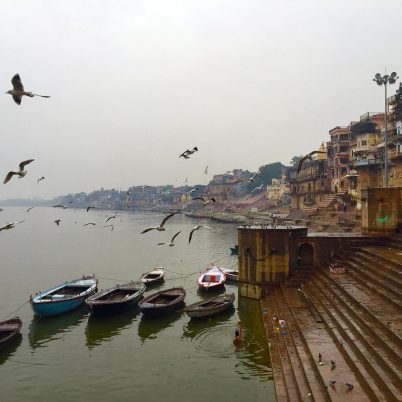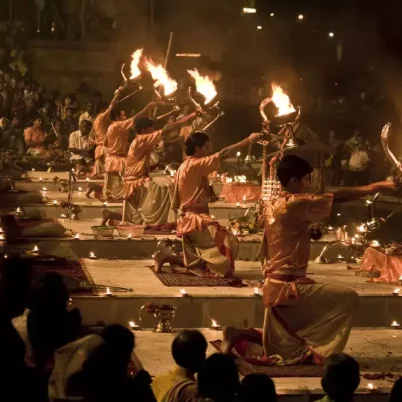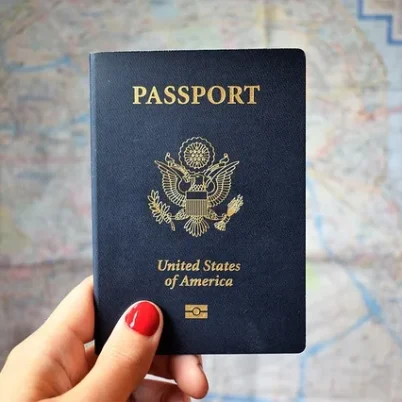
India is a deeply religious and spiritual country, with people of many different religions and faiths co-existing in harmony. Visiting the different temples, mosques, gurudwaras, and monasteries in the country can be an enriching experience for foreigners. Here are a few tips for attending religious ceremonies and temple etiquette for foreigners in India!

Respect local and traditional customs
Places of religious worship in India are sacred and revered. Whether you are visiting a temple, mosque, gurudwara, church, Jain temple, or monastery, every place has its traditions and customs. Even if you are not a religious person, respect the place.
See also: Most Amazing Temples in India
Dress modestly
Visiting a place of worship is a sacred activity. It is important to be mindful of the local customs and wear modest clothing. Make sure to cover your shoulders, chest, and legs. Do not wear shorts or short dresses.
You don’t have to wear traditional Indian clothes to a temple, but it should be conservative. However, some temples in South India require men to wear a lungi or dhoti and women, a saree. Gurudwaras and mosques also require you to cover your head with a scarf or handkerchief within the complex.
Remove footwear outside the temple
Almost all religious places in India require you to remove your footwear before entering. This is because it is considered a sacred space, and all the dirt sticking on your shoes should be left outside the temple complex. For this reason, you will also find a water pump or tap outside many temples that requires you to wash your hands and feet before entering the temple.
A lot of temples and other religious places have a stall outside where you can keep your footwear safely since it is manned by the temple staff. Wear comfortable footwear that is easy to remove while visiting temples.

Respect phone and photography rules
Keep your phone on silent mode in religious places. A lot of religious places in India do not allow photography or videography. There will usually be a sign put up somewhere if that is the case. If you do not see one, ask for permission to take pictures.
If it is allowed, make sure to be discreet and quick. Do not do any elaborate photoshoots inside the temple complex unless you have explicit permission. Also remember to turn off the flash so as to preserve old art and not disturb other devotees.
Speak softly
Temples and other religious places in India are spaces of spirituality and meditation, so keep noise levels to a minimum. Speak softly or in whispers. You may hear loud religious music or chants, but that is a part of the temple experience.
Observe, then act
If you have no idea what to do, observe what others are doing. Often, people worship the same deity in different ways. However, you can observe someone perform their rituals and follow suit. You can also ask them what to do before or after they are done praying. Do not disturb anyone in the middle of their prayers. Most Indians are very warm and will gladly help you out.
Experience the aarti ceremony
Every Hindu temple has an aarti ceremony in the morning and evening, where devotees gather and chant hymns and prayers while clapping along and ringing bells. It is a unique, deeply spiritual experience, so if you are visiting the temple at the time of the aarti, don’t miss it.
After the ceremony, you may be offered a lit flame. You are expected to warm your hand over the flame and bring it to your eyes or forehead, signifying receiving the deity’s blessings.

Give and take offerings respectfully
It is a form of respect to offer something to the deities, although it is not mandatory to do so. You will find small shops outside the temples selling flowers, fruits, or clothes, which you can present as offerings to the deity. Hand it to the priest, who will then offer it to the deity. You could also put money in the donation box kept in the temple.
In return, you will get offerings in the form of prasad or langar, which is food blessed by God. It is mostly fruits or sweets, and sometimes a meal. Always accept the prasad offered to you, and with your right hand or both hands. If you cannot consume it for some reason, give it to someone else, but do not refuse it or throw it away. It is considered disrespectful.
A langar is a whole meal offered as prasad in Gurudwaras. This meal is free for all. Do not miss the chance to experience a langar.
Don’t touch the deity
Do not touch the deity in any temple. Hindus believe that the deity in the temple is a source of divine energy and it is considered disrespectful for anyone to touch it. Usually, only priests are allowed to touch the deity while worshipping it. Plus, non-Hindus are often not allowed in the innermost sanctum of the temple.
Read more: Adrianna’s 18-day temple trail
Some other things to note
- For a lot of religious places in India, you can visit no matter your religion. However, a few mosques do not allow women inside the temple, while some do not allow non-Muslims during their prayers.
- Many temples have separate queues for men and women, mostly for efficiency purposes.
- In Jain temples and many other religious places of worship, leather is not allowed inside. If you are wearing any leather items like belts or jackets, remove it before entering the temple.
- Many Hindu temples do not allow non-Hindus to enter the main shrine, while some only allow the priests to enter the space and touch the idols.
- Do not smoke or consume alcohol, tobacco, or drugs in and around any religious place in India.
- Some temples might be closed in the afternoons from 12 pm to 3 pm, so plan accordingly.
- A lot of Hindus visit temples on an empty stomach. If that is not possible, they do not consume non-vegetarian food before visiting any temple so as to keep the body and soul clean.
- Always travel a temple in a clockwise direction.
- Do not turn your back to the deity. Always walk backwards away from the deity for a few feet before turning around.
- A lot of temples do not allow menstruating women inside, since menstruation is considered impure. While there is no way for anyone to check, avoid going if you can out of respect.
- Take a bath before visiting. Hindus believe that temples are holy and that you should not enter a temple without taking a bath or showering.
Was this blog useful? Let us know! At India Someday, we plan personalized itineraries to India for you based on your needs and requirements. Contact us and together we can plan the perfect trip to India for you!
Frequently Asked Questions
Yes, people of all faiths are allowed to visit most Indian temples. However, the inner sanctums of many temples allow entry only to Hindus.
Dress modestly while visiting temples in India. Wear clothes that cover your shoulders, back, and knees. Some religious places will also require you to cover your head with a scarf or handkerchief. Do not wear revealing clothes or leather or any animal skin.
Hindus believe in visiting a temple with a clean body and mind, since temples are holy spaces. Therefore, it is common practice to visit temples only after having bathed. However, it is not mandatory – it depends on an individual’s personal choice.
helping you travel your way
Everything you need to know about India is here We have tried writing about everything you may need help with for your trip to India, If you need help in planning a trip to India Get in touch with us to to plan your trip of a life time.











